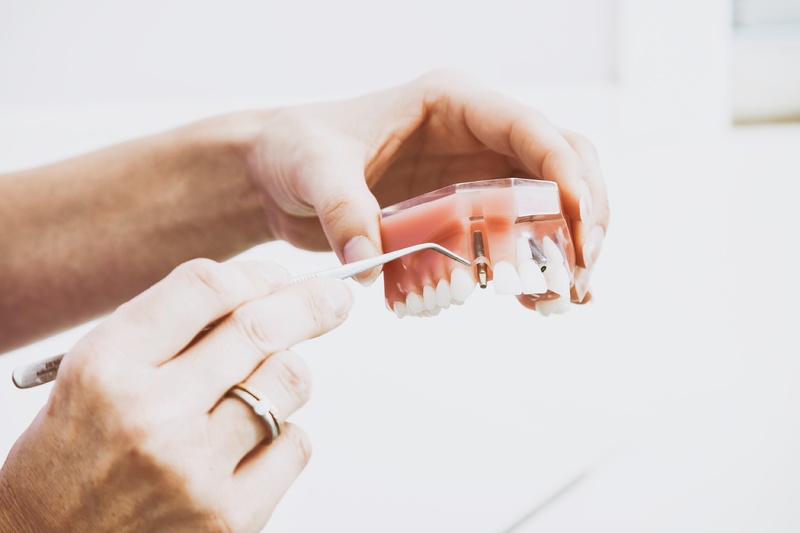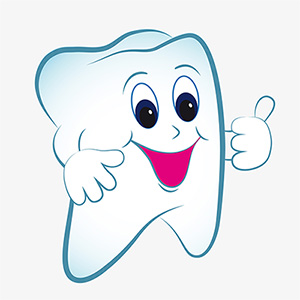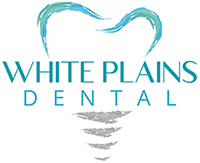Dental implants are a great way to replace damaged or lost teeth. They are long-lasting, highly functional, and aesthetically pleasing. Because of this, they do tend to come with a higher price tag that insurance does not always cover given they are a category of cosmetic dentistry. If you need a complete smile makeover, you don’t need to get an implant for each tooth. All-on-4 dental implants can help limit the number of rods needed and significantly reduce the price.
What are All-on-4 dental implants?
All-on-4 dental implants are a hybrid between a standard dental implant and a denture. Instead of one rod being used per tooth like a standard dental implant, each rod contains multiple teeth like a denture. Both the upper and lower arches of the mouth can be replaced with only four rods, hence the name. Also, like standard dental implants, this is a permanent solution and the prosthesis can only be taken out by a dentist. The implants can be treated just like regular teeth and look natural as well.

What is the All-on-4 dental implant procedure like?
The process for All-on-4 dental implants is similar to the process for standard dental implants. The preliminary stages are nearly identical, while the actual procedure has a few differences.
Initial Consultation
The first step to an All-on-4 dental implant procedure is to have an examination with a dentist. Here you likely receive dental x-rays, and your dentist will create a treatment plan with optimal placement of the implants. If the teeth that are being replaced are still intact, an extraction will be scheduled to remove them.
Preliminary Procedures
This step is different for every patient depending on their needs. Most likely this includes tooth extractions or periodontal treatment. Gum disease must be completely treated before any dental implant procedure. If present, your dentist may perform scaling and root planning unless these teeth will be extracted. Unless gum disease is addressed, a dental implant infection or rejection could occur. If no other ailments need to be treated, a dental impression may be taken to prepare the denture for the rods.
Surgical Procedure
Performing an All-on-4 dental implant procedure is typically done under local anesthesia. Two rods are mounted in the back at a 45° angle while the two implants in the front are mounted normally. This allows an entire arch to be mounted with enough stability and reduces the need for bone grafting.
Prosthesis Fitting
Sometimes the denture can be fitted the same day the surgery is performed, depending on the condition of your mouth. If you are not fitted the same day, you will be sent home with only a temporary denture. In some cases, the final prosthesis is not mounted for 3-6 months until the healing process is complete.

Did you know?
What does the recovery for All-on-4 dental implants look like?
Many patients return to work within a week or just a few days. Often times the patient is required to be on a soft or liquid diet for 8-12 weeks. This seems like a long time but is much quicker than the standard 8 months. This is because the prosthesis fuses to the bone a lot faster than the standard way. It is important to follow the recommendations provided by your dentist and take excellent care of your implants after surgery. Below are some tips for a quick and healthy recovery:
- Brush your teeth gently but thoroughly
- Bite down on gauze to control bleeding
- Rinse mouth out with saltwater if bleeding continues over 24 hours
- Rest and avoid exercise for 3-4 days
- Do not smoke for 2 months
- Stick to a soft or liquid diet for 3 months
How do you clean All-on-4 dental implants?
Since All-on-4 dental implants are a permanent solution, they can be treated just like normal teeth. This includes brushing twice a day and after meals to keep your smile bright and clean. Like regular teeth, a soft-bristled brush should be used for gentle cleansing. Both manual and electric brushes can be used, but electric brushes are recommended for more dexterity.
In addition to brushing, flossing is also recommended. This can help remove food and debris that brushing alone cannot remove. Mouth wash can also be used for extra freshness and bacteria fighting prevention. Regular dental checkups are also necessary to keep your mouth and smile healthy.
